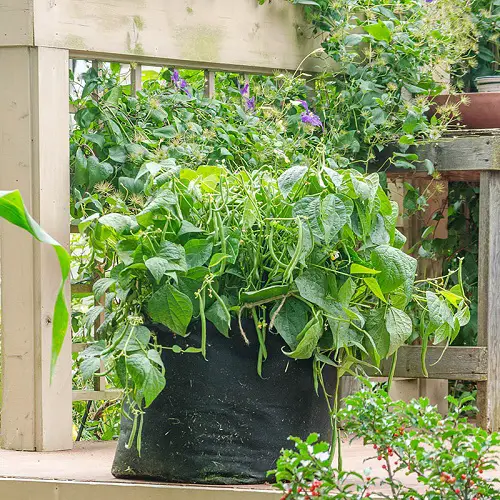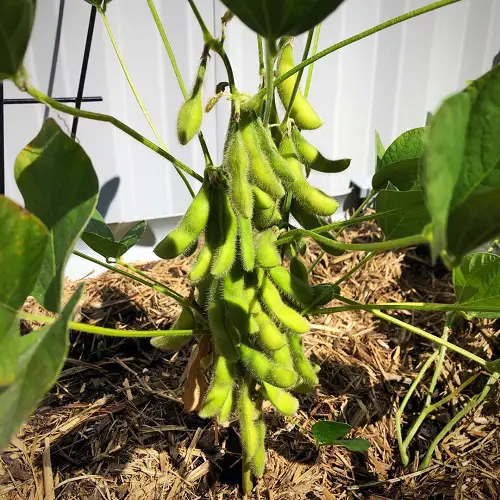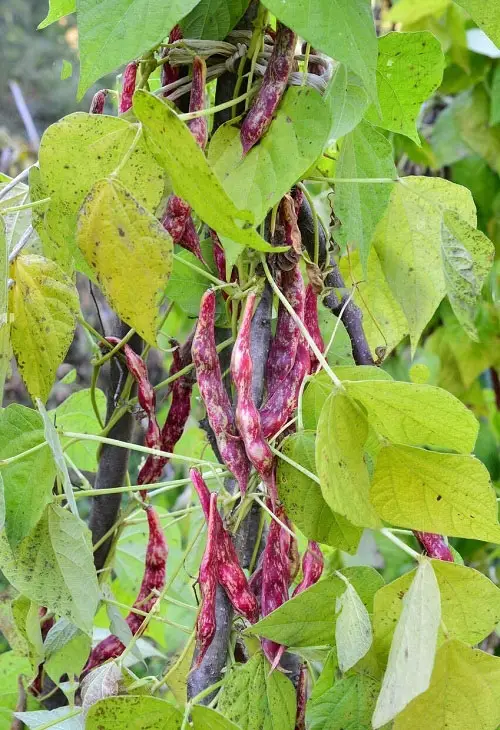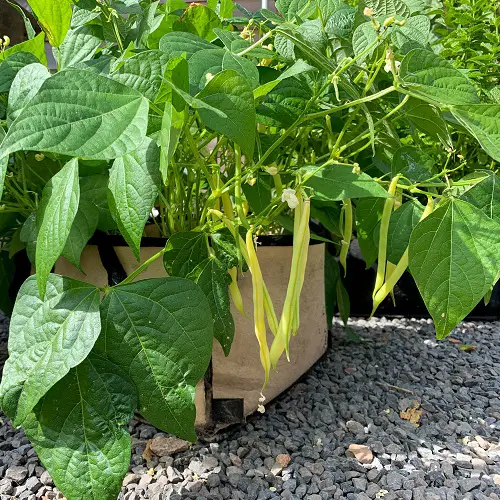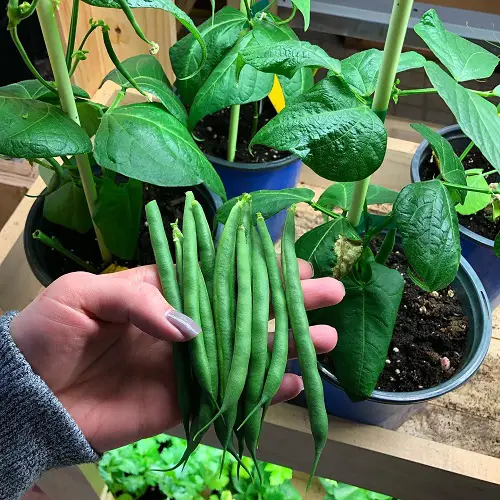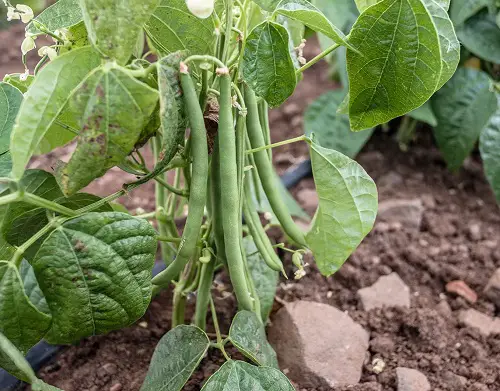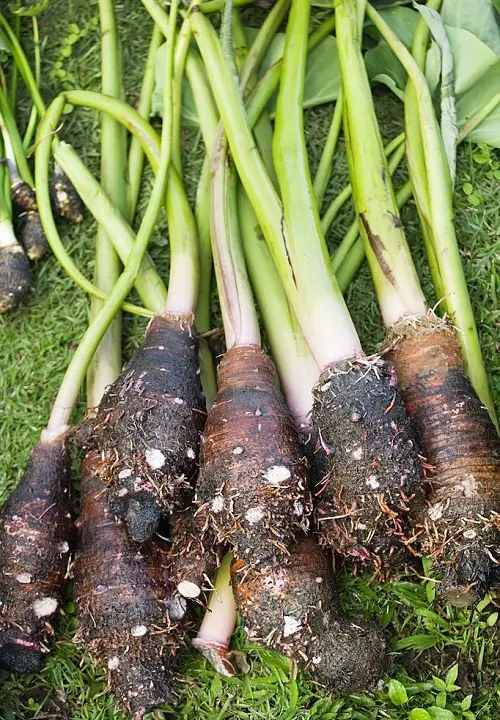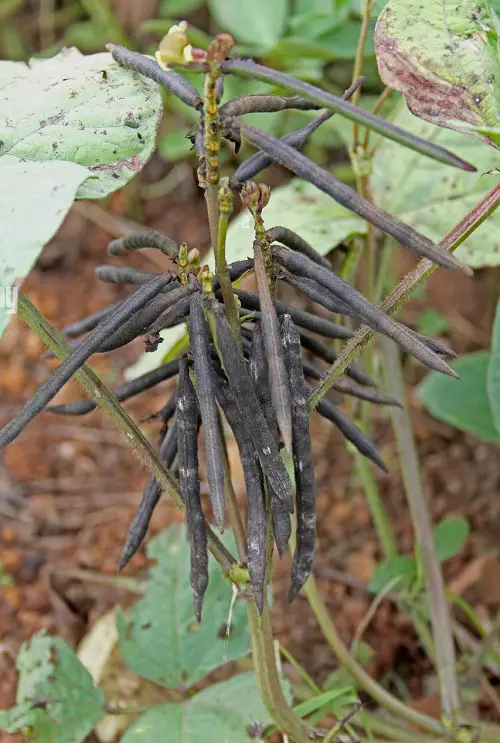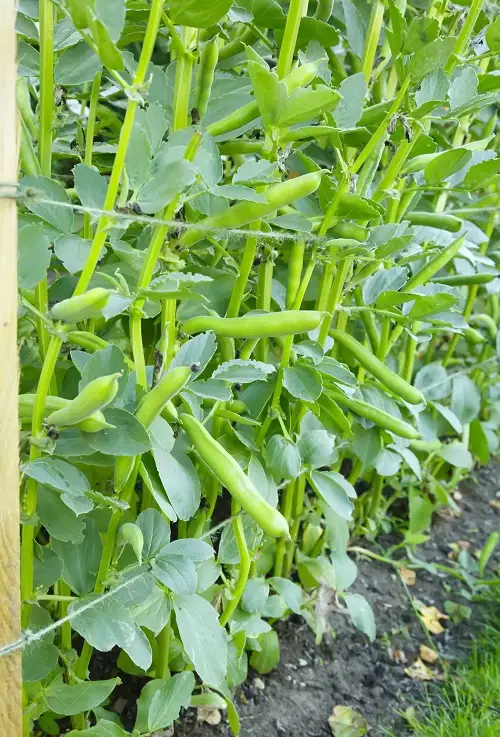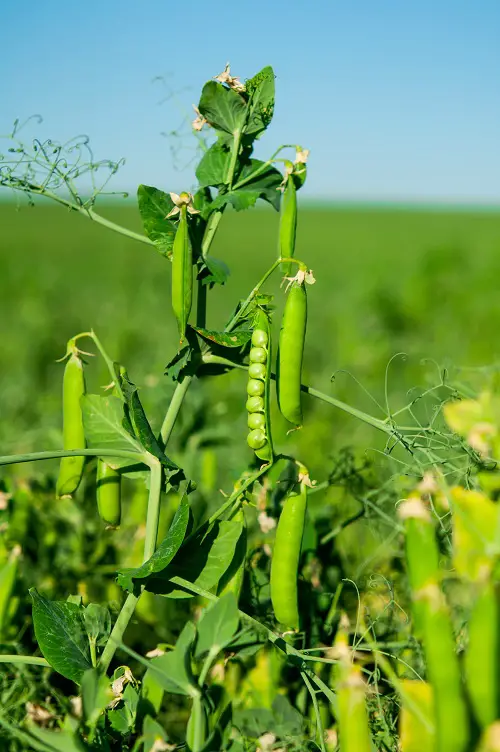Here are the Most High Calorie Vegetables to Grow in Garden, packed with nutrients and delicious flavors. Don’t miss them!
If you’re a health nut and need plant protein, well, this article is for you. These high-calorie vegetables will make sure you get all the plant boost you need in your diet!
Most High Calorie Vegetables to Grow in Garden
1. Soybeans

Botanical Name: Glycine max
Calorie Content: 446 calories per 100g
Soybeans are legumes and not technically vegetables, but they’re packed with protein, healthy fats, and essential nutrients.
Growing Tips
You should keep the plants in full sun and space them 3-4 inches apart so they have space to grow.
2. Chickpeas (Garbanzo Beans)
Botanical Name: Cicer arietinum L.
Calorie Content: 364 calories per 100g
Chickpeas are also nutritious (and delicious) legumes that are loaded with protein, fiber, and minerals. You can also eat them raw as a snack.
Growing Tips
You should improve the soil’s drainage with compost if it’s heavy. Also, don’t keep them in soggy soil; water them regularly.
3. Bush Beans
Botanical Name: Phaseolus
Calorie Content: 132 calories per 100g
Bush beans are high-calorie and a fantastic choice for beginners. They’re easy to grow and are ready to harvest in just 2 months.
Growing Tips
Sow them only after the danger of frost has passed. They need consistent moisture, so aim for moist soil.
4. -]
Botanical Name: Glycine max
Calorie Content: 147 calories per 100g
You must have had these delicious green pods at restaurants. They have a sweet, nutty flavor and are really healthy for you.
Growing Tips
These plants grow 3 feet tall so don’t forget to give it support with a stake or a trellis.
5. Navy Beans
Botanical Name: Phaseolus vulgaris
Calorie Content: 143 calories per 100g
These tiny white beans might look small, but they’re a budget-friendly plant-based protein source. You can use them in soups, stews, dips, and also bake them.
Growing Tips
Once the pod turns brown and dry, it’s time to harvest them. But before you open the pods, let them hang and cool in a dry place.
6. Pinto Beans
Botanical Name: Phaseolus vulgaris ‘Pinto’
Calorie Content: 143 calories per 100g
Pinto beans are famous for their mottled appearance and creamy texture. They are an excellent source of protein and nutrients.
Growing Tips
Just like other beans, they need full sun and well-draining soil. But overwatering will harm them so be careful when watering.
7. Butter Beans
Botanical Name: Phaseolus lunatus
Calorie Content: 143 calories per 100g
Butter beans live up to their name! They boast a creamy texture and a mild, buttery flavor that compliments many dishes. They’re also vegetables high in calories and nutrition.
Growing Tips
Sow them 1-2 inches deep in the soil and space them 3-4 inches apart. They’re vining plants, so they need extra space.
8. Kidney Beans
Botanical Name: Phaseolus vulgaris ‘Kidney Bean’
Calorie Content: 127 calories per 100g
Kidney beans get their name from their kidney-like shape. These legumes are commonly used in Mexican and Indian cuisines and are packed with carbohydrates and dietary fiber.
Growing Tips
Directly sow kidney beans in the garden or containers, and make sure they receive full sun.
9. Adzuki Beans
Botanical Name: Vigna angularis
Calorie Content: 128 calories per 100g
Adzuki beans come from East Asia and are relished for their slightly sweet and nutty flavor. They are also rich in iron and folate.
Growing Tips
They need warm weather and mature in just 60-70 days. Give them plenty of light.
10. Split Peas
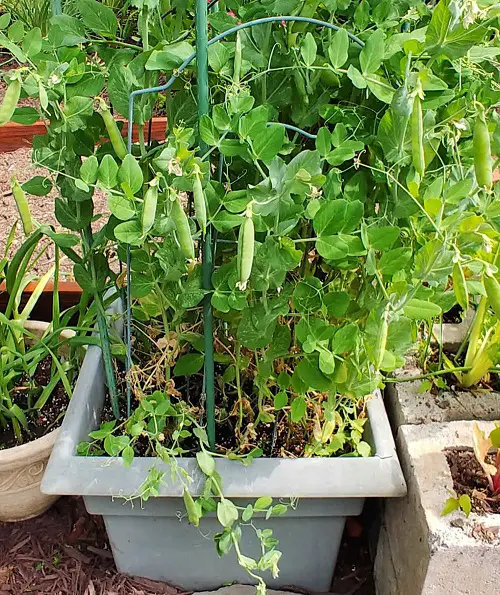
Botanical Name: Pisum sativum
Calorie Content: 116 calories per 100g
Split peas are dried and peeled, and split seeds of green peas come in green and yellow. The green ones are sweeter, but the yellow ones have an earthy taste.
Growing Tips
The best time to sow this vegetable with high calories is spring. Also, the soil temperatures should be around 50°F (10°C).
11. Green Lentils
Botanical Name: Lens culinaris
Calorie Content: 116 calories per 100g
Green lentils are small legumes known for their earthy flavor and versatility in cooking. They are a good plant-based protein, fiber, and essential minerals source.
Growing Tips
They need cooler weather to grow, so spring or fall is the best time to grow them.
12. Taro Root
Botanical Name: Colocasia esculenta
Calorie Content: 112 calories per 100g
Taro root is a starchy root vegetable that has a mildly sweet flavor. It’s rich in fiber, potassium, and Vitamin C.
Growing Tips
Be mindful of over fertilizing—it will encourage leafy growth at the expense of corm development.
13. Mung Beans
Botanical Name: Vigna radiata
Calorie Content: 105 calories per 100g
Mung beans are small, green legumes commonly used in Asian cuisine. They have a mild flavor and offer a good source of protein.
Growing Tips
Mung beans mature quickly, so you can sow them every few weeks throughout the growing season.
14. Corn
Botanical Name: Zea mays
Calorie Content: 96 calories per 100g
You must have had yellow corns, but they also come in white and bi-colors. They’re a good source of carbohydrates, dietary fiber, and vitamins.
Growing Tips
Plant them in a sunny location right next to legumes—they’re great companion plants.
15. Fava Beans
Botanical Name: Vicia faba
Calorie Content: 88 calories per 100g
Also known as broad beans, Fava beans have a buttery texture and earthy flavor. They are high in protein and fiber, making them a nutritious choice.
Growing Tips
You should water these properly, especially during germination and pod development. Keep the soil moist, but never leave it soggy.
16. Sweet Potato
Botanical Name: Ipomoea batatas
Calorie Content: 86 calories per 100g
Sweet potatoes come in many shapes and sizes and are rich in vitamins, minerals, and antioxidants. They are particularly high in beta-carotene.
Growing Tips
Sweet potatoes have a long growing season and need loose soil to thrive.
17. Green Peas
Botanical Name: Pisum sativum
Calorie Content: 81 calories per 100g
Green peas are high-nutrient powerhouses of flavor and nutrition. They contain vitamins A, C, K, and B, as well as minerals like iron, magnesium, and phosphorus.
Growing Tips
Green peas need cool temperatures, so early spring is the best time to plant them. They don’t do well in hot summer weather.
18. Potato
Botanical Name: Solanum tuberosum
Calorie Content: 77 calories per 100g
Potatoes are a staple food in almost all cultures around the world and are full of carbs and fiber.
Growing Tips
You should plant these in fertile soil that has good drainage and harvest them when the plants have died back and the tubers have formed.
19. Butternut Squash
Botanical Name: Cucurbita moschata ‘Butternut’
Calorie Content: 45 calories per 100g
These vining plants have a sweet, nutty flavor like a pumpkin and are rich in beta-carotene.
Growing Tips
Butternut squashes are vining, so don’t skip a support structure. It will help save space, improve air circulation, and keep it off the ground.
20. Beets
Botanical Name: Beta vulgaris
Calorie Content: 43 calories per 100g
These root vegetables are known for their bright colors and earthy flavor. They can be enjoyed raw as salads or cooked and are a good source of dietary fiber, vitamins, and minerals.
Tips to Grow
Beets don’t like hot summers and need cooler temperatures to grow. They are not heavy feeders, so skip the fertilizer.
21. Winter Squash
Botanical Name: Cucurbita pepo
Calorie Content: 40 calories per 100g
Winter squashes have thick, hard rinds and can be stored for long durations, especially during winter. They’re high calorie as well.
Tips to Grow
You should add a layer of mulch around their base so they retain moisture. It will also help take care of the weeds.
22. Acorn Squash
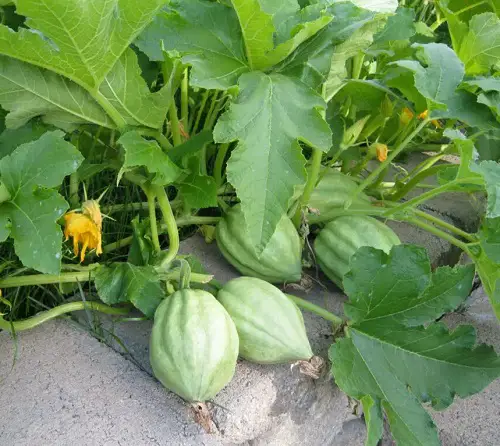
Botanical Name: Cucurbita maxima
Calorie Content: 40 calories per 100g
They are named so because these squashes look like acorns and have dark green skin with bumpy ridges.
Tips to Grow
Acorn Squash requires a bit of warm soil, just like other squash varieties. Just make sure the soil stays moist.



